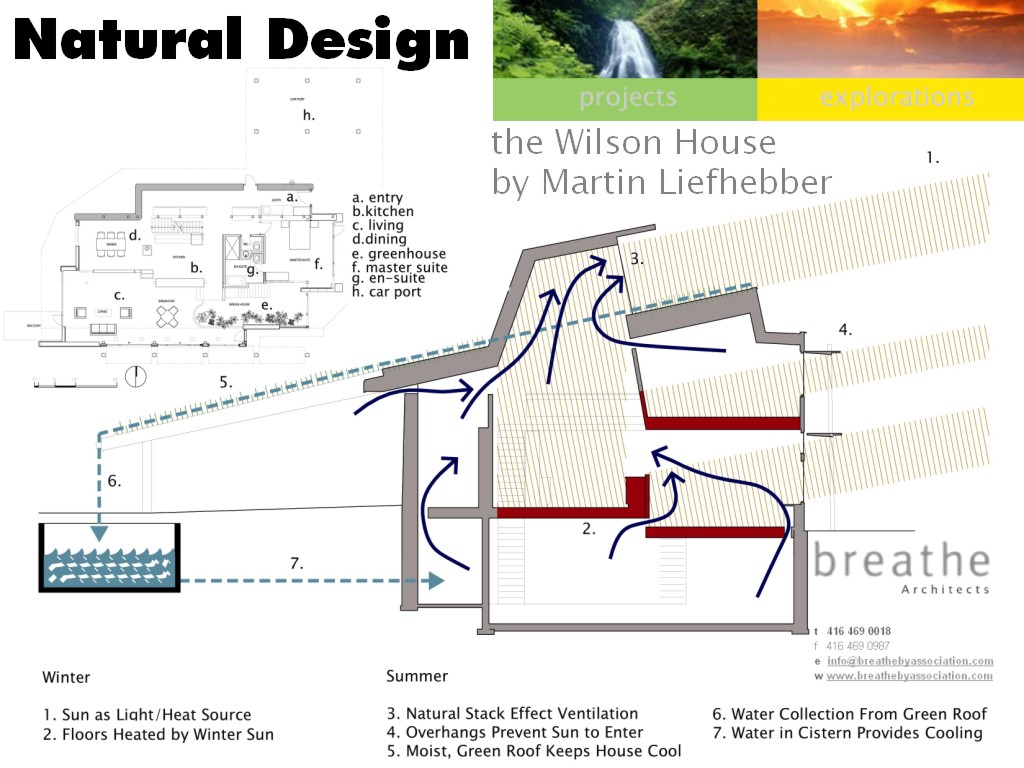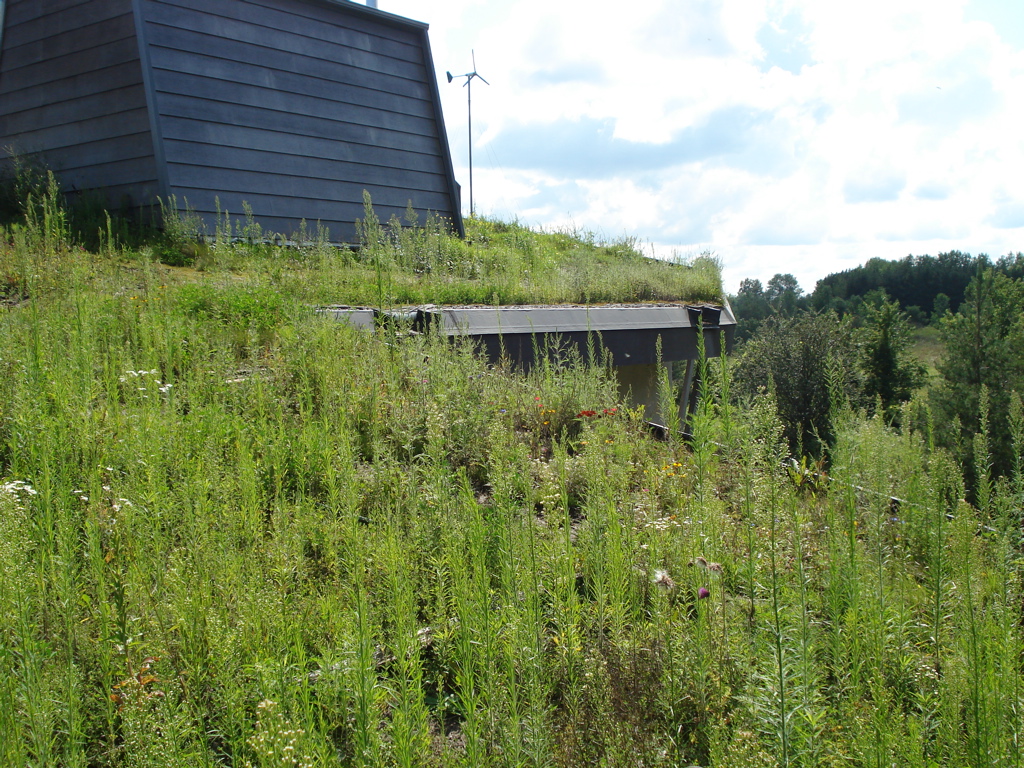Do you want to subscribe?
Subscribe today.
Cancel SubscribeWhen you open this pub again using this browser, you'll be returned to this page. When you move to the next page the bookmark will be moved to that page (if you move back the bookmark will remain on the furthest page to which you've read). By touching the bookmark you can set the bookmark to whichever page you are on.
More bookmark features coming soon.
You must login to publish and add your own notes. Eventually you will be able to see others contributions if they make them public.
More notes features coming soon.
Introduction to Permaculture
Published: March 18, 2013
As the number of stories in the news that portend doom and gloom increases, it makes more and more sense to dig into some of the ways more and more people are fighting back. Permaculture has much to teach us about how to live a better life.
Perhaps it is spring now as it is here in North America as we write this article, or fall if you are in the southern hemisphere. In either case, as you consider your garden, and what you plan to do with it, a quick review of the ideas behind Permaculture are a worthwhile exercise. The more you review these concepts, and the more you think about them, the more it becomes clearer that these simple ideas make a lot more sense than much of what we commonly hear day-to-day. Imagine retaining a focus on the earth, people and sharing as a core ethic in the company you work for or in the community you share. We do have a choice to live according to our own ethics. Given all the other news regarding climate change and economic uncertainty, a change towards something that works for both you as an individual but also you within community, and in fact the earth's environment makes more sense.
Permaculture is a branch of ecological design, ecological engineering, andenvironmental design which develops sustainable architecture and self-maintained horticultural systems modeled from natural ecosystems.
The core ethics of permaculture are:
Think about these core ethics. Why not apply them to your own life? Since the earth is our home, our only home, and we must share it fairly in order to maintain a livable environment, then don't these ethics make sense for all of us? As you apply them despite the "economics" you will no doubt find that the ecology of your life and your community benefits.
Ecological Design as defined by Sim Van Der Ryn encompasses:
So what does ecological design really mean a look like? Take a look at this house that incorporates these principles.


Permaculture design emphasizes patterns of landscape, function, and species assemblies. It asks the question, "Where does this element go? How can it be placed for the maximum benefit of the system?" To answer this question, the central concept of permaculture is maximizing useful connections between components and synergy of the final design. The focus of permaculture, therefore, is not on each separate element, but rather on the relationships created among elements by the way they are placed together; the whole becoming greater than the sum of its parts. Permaculture design therefore seeks to minimize waste, human labor, and energy input by building systems with maximal benefits between design elements to achieve a high level ofsynergy. Permaculture designs evolve over time by taking into account these relationships and elements and can become extremely complex systems that produce a high density of food and materials with minimal input.
The design principles which are the conceptual foundation of permaculture were derived from the science of systems ecology and study of pre-industrial examples of sustainable land use. Permaculture draws from several disciplines including organic farming, agroforestry, integrated farming, sustainable development, and applied ecology. Permaculture has been applied most commonly to the design of housing and landscaping, integrating techniques such as agroforestry, natural building, and rainwater harvesting within the context of permaculture design principles and theory.
Permaculturists generally regard the following as its 12 design principles:
Permaculture is a design philosophy which seeks to exploit and imitate naturally occurring patterns. Patterns occur in nature in many forms: Our Earth and other planets move around the Sun in a mathematical pattern, and from studyingFractals, patterns emerge from apparently random things such as the shape of plants such as trees as well as the variety of leaves and flowers.
Permaculture designers are encouraged to develop an sensitivity to the patterns that exist in nature, to determine their complex functions and the varioussystem inter-relations. These natural patterns can often be utilized - either exploited or imitated or both exploited and imitated -to satisfy the specific designgoals. For example:
Layers are one of the tools used to design functional ecosystems that are both sustainable and of direct benefit to man. A mature ecosystem has a huge number of relationships between its component parts: trees, understory, ground cover,soil, fungi, insects, and animals. Because plants grow to different heights, a diverse community of life is able to grow in a relatively small space, as each layer is stacked one on top of another. There are generally seven recognized layers in afood forest, although some practitioners also include fungi as an eighth layer:[citation needed]
A guild is any group of species where each provides a unique set of diverse functions that work in conjunction, or harmony. Guilds are groups of plants,animals, insects, etc. that work well together. Some plants may be grown for food production, some have tap roots that draw nutrients up from deep in the soil, some are nitrogen-fixing legumes, some attract beneficial insects, and others repel harmful insects. When grouped together in a mutually beneficial arrangement, these plants form a guild.
The edge effect in ecology is the effect of the juxtaposition or placing side by side of contrasting environments on an ecosystem. Permaculturists argue that, where vastly differing systems meet, there is an intense area of productivity and useful connections. An example of this is the coast; where the land and the sea meet there is a particularly rich area that meets a disproportionate percentage of human and animal needs. So this idea is played out in permacultural designs by using spirals in the herb garden or creating ponds that have wavy undulating shorelines rather than a simple circle or oval (thereby increasing the amount of edge for a given area). Edges between woodland and open areas have been claimed to be the most productive.
Zones are a way of intelligently organizing design elements in a human environment on the basis of the frequency of human use and plant or animal needs. Frequently manipulated or harvested elements of the design are located close to the house in zones 1 and 2. Less frequently used or manipulated elements, and elements that benefit from isolation (such as wild species) are farther away. Zones is about positioning things appropriately. Zones are numbered from 0 to 5:
Permaculture uses observation of nature to create regenerative systems, and the place where this has been most visible has been on the landscape. Hence a lot of the attention to date has been with the Earthcare ethic. There has been a growing awareness though that firstly, there is the need to pay more attention to the peoplecare ethic, as it is often the dynamics of people that can interfere with projects, and secondly that the principles of permaculture can be used as effectively to create vibrant, healthy and productive people and communities as they have been in landscapes. In 2012 the first book was written to explore how we can use the principles and design in our own lives, our relationships, and in larger systems such as healthcare and education." For example, the first principle of 'observe and interact' can be useful as parents, we can spend time observing our children to discover what works well and what factors can contribute to difficult situations. We can then interact with these observations to try and forestall any challenging situations. Transition initiatives utilise permaculture design to bring communities together to develop resilience against the growing challenges of climate change, peak oil, and economic instability.
Sources: Wikipedia Permaculture, Natural Living Newsletter, Ecological Design
Please read our Terms of Service which you agree to by using our services.
Please read our Terms of Service which you agree to by using our services.
Please read our Terms of Service which you agree to by using our services.